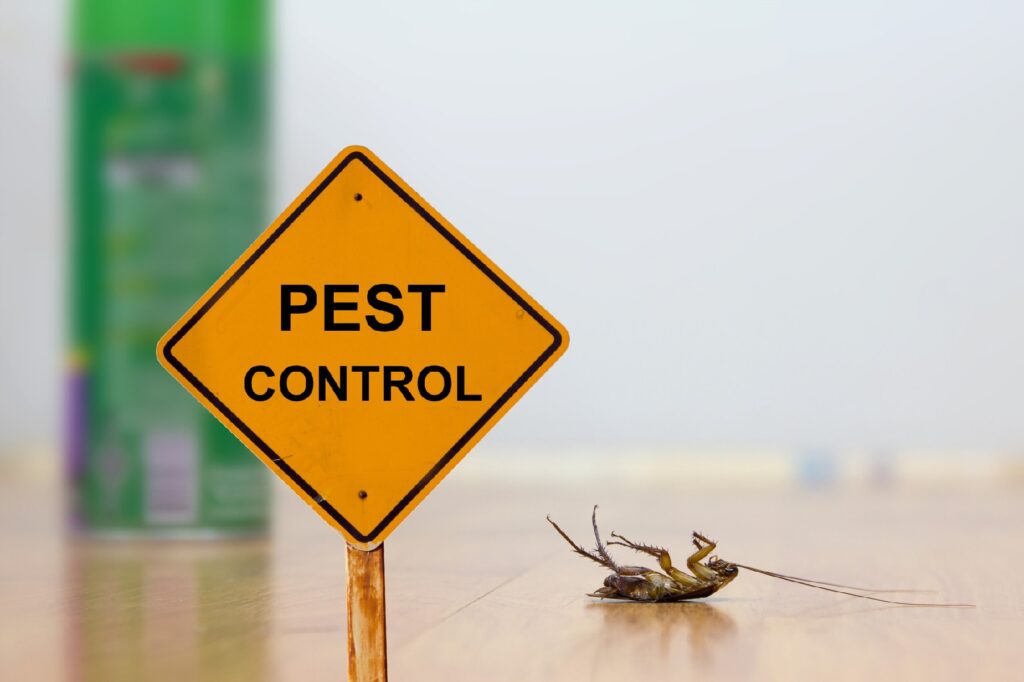High Quality A1 Pest Control Services Charlotte - Safeguard Your Home
High Quality A1 Pest Control Services Charlotte - Safeguard Your Home
Blog Article
Bed Pest Treatment Break Down: Contrasting Chemical Vs. Non-Chemical Solutions
In the realm of parasite control, especially when managing the consistent concern of bed pests, the choice between chemical and non-chemical therapy solutions can be an essential one. Both methods use distinct advantages and disadvantages, affecting elements such as efficiency, safety and security considerations, and general price. By examining the nuanced information of each technique, a more clear understanding of which path to go after in attending to a bed pest infestation can be achieved.
Effectiveness of Chemical Treatments
Chemical therapies for bed bug invasions have been extensively recognized for their powerful and quick effectiveness in removing these insects. When thinking about the effectiveness of chemical therapies, it is critical to recognize that they can supply a quick and comprehensive remedy to a bed insect problem.
Moreover, chemical therapies have the benefit of offering residual results, implying that they can continue to get rid of bed insects even after the initial application. This recurring action is specifically helpful in combating any type of potential re-infestations. In addition, the fast activity of chemical treatments can bring relief to people facing extreme bed bug problems, enabling them to restore control of their living areas promptly.
Safety Worry About Chemical Solutions
One crucial aspect that needs careful factor to consider when using chemical options for bed bug treatment is making certain the safety of residents and the atmosphere. Exposure to particular chemicals made use of in bed pest therapies can lead to breathing problems, skin irritation, or other adverse responses, specifically in people with pre-existing conditions or sensitivities.
Moreover, the ecological effect of chemical solutions is an additional substantial factor to consider. Some pesticides used in bed pest therapies might be dangerous to advantageous pests, wildlife, and ecological communities if they leach right into the soil or water systems. It is important to utilize chemical treatments carefully, following safety standards, and taking into consideration less toxic choices to minimize these threats and make certain the secure and effective monitoring of bed insect infestations.
Benefits of Non-Chemical Approaches
Taking into consideration the possible security concerns and ecological effect associated with chemical options for bed bug therapy, exploring non-chemical strategies provides an encouraging option with several unique benefits. Non-chemical methods supply a safer alternative for families, specifically those with animals, youngsters, or people sensitive to extreme chemicals. These approaches get rid of the threats of exposure to harmful substances, minimizing the capacity for damaging health impacts. In addition, non-chemical treatments are ecologically pleasant, as they do not add to air or water pollution, making them a sustainable selection for insect control.
Additionally, non-chemical remedies can be efficient in targeting bed insects, including hard-to-reach locations where chemical therapies may not pass through - A1 exterminator charlotte nc. Approaches such as heat therapy, vacuuming, vapor cleaning, and cushion encasements give comprehensive removal without the usage of dangerous chemicals.
Limitations of Non-Chemical Treatments

In addition, non-chemical treatments typically call for numerous applications to achieve effective eradication. This can be taxing and might not constantly guarantee total elimination of all bed insects and their eggs, specifically in hard-to-reach or hidden places.
In addition, the success of non-chemical therapies greatly depends on proper implementation and thoroughness, which can be challenging for individuals without expert know-how. Poor application of non-chemical approaches might result in incomplete eradication, resulting in persistent problems and the requirement for extra treatments.
Consequently, while non-chemical therapies have their advantages, it is important to acknowledge these limitations and consider them when determining the most reliable technique for handling bed insect problems.
Expense Contrast: Chemical Vs. Non-Chemical Options
Provided the constraints connected with non-chemical treatments, a crucial facet to evaluate in the context of bed bug management is the cost contrast between chemical and non-chemical choices. Chemical therapies generally include the application of pesticides go to my blog by specialists, which can vary from $250 to $900 per space, relying on the intensity of the invasion and the size of the location to be dealt with. In contrast, non-chemical therapies like warmth treatment or steam can be extra costly, with prices ranging from $1,000 to $6,000 for an entire home. While the initial expense of chemical treatments might seem lower, numerous treatments might be needed to completely eradicate the problem, potentially enhancing the total price. On the various other hand, non-chemical choices might provide an extra environment-friendly and sustainable service, although they can be cost-prohibitive for some individuals. Eventually, when considering the expense of bed pest treatment alternatives, it is essential to weigh the ahead of time expenses versus the effectiveness and lasting sustainability of the chosen technique.
Conclusion

Thinking about the potential safety and security concerns and ecological effect connected with chemical remedies for bed insect therapy, checking out non-chemical methods description provides a promising alternative with numerous distinct advantages.Given the restrictions linked with non-chemical therapies, a necessary element to review in the context of bed pest monitoring is the expense comparison between chemical and non-chemical options. In comparison, non-chemical treatments like warmth therapy or heavy steam can be a lot more costly, with prices ranging from $1,000 to $6,000 for a whole home. While the initial price of chemical treatments might seem reduced, multiple therapies might be needed to totally eliminate the problem, potentially raising the overall expense.In conclusion, when comparing chemical Clicking Here and non-chemical bed pest treatment choices, it is important to take into consideration effectiveness, safety and security, advantages, restrictions, and price.
Report this page